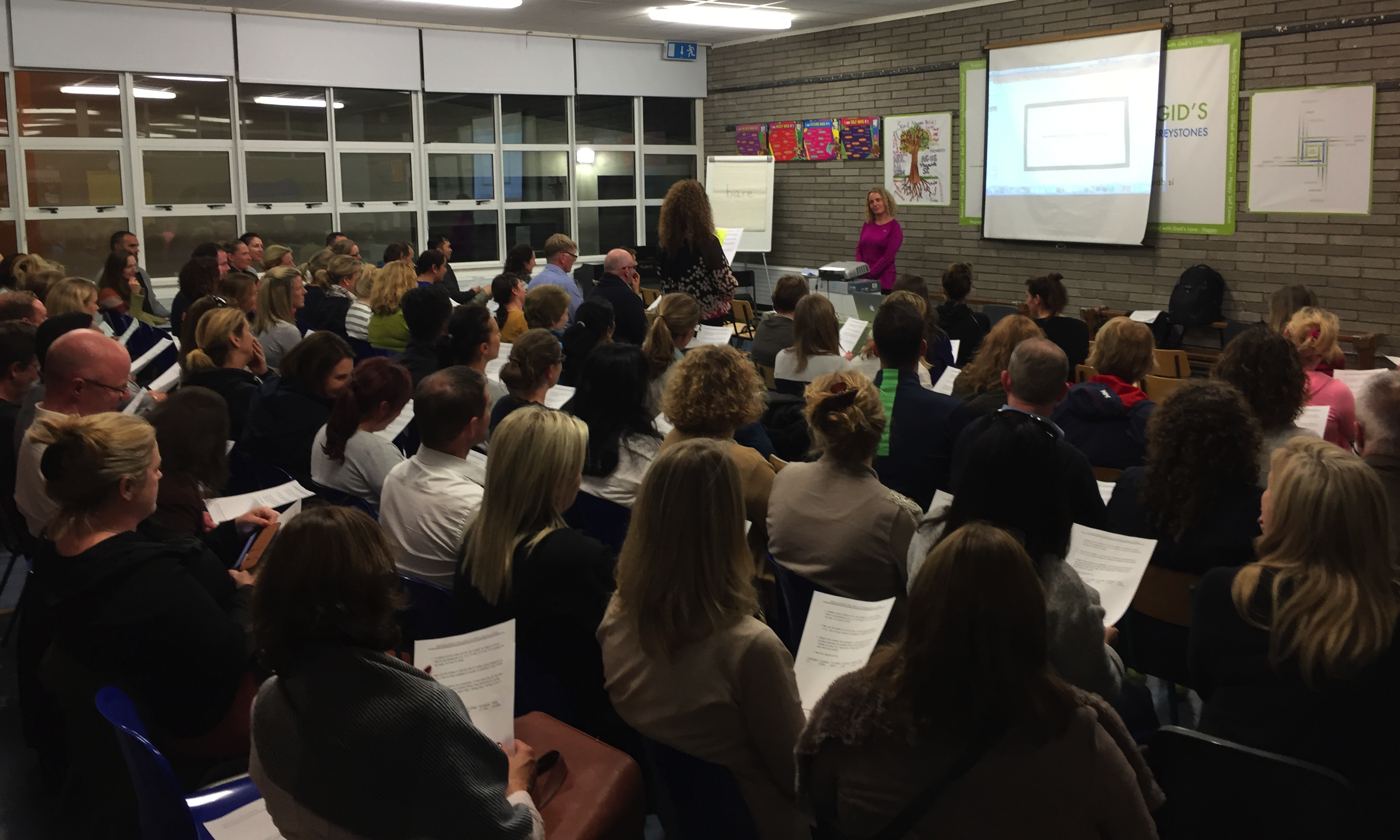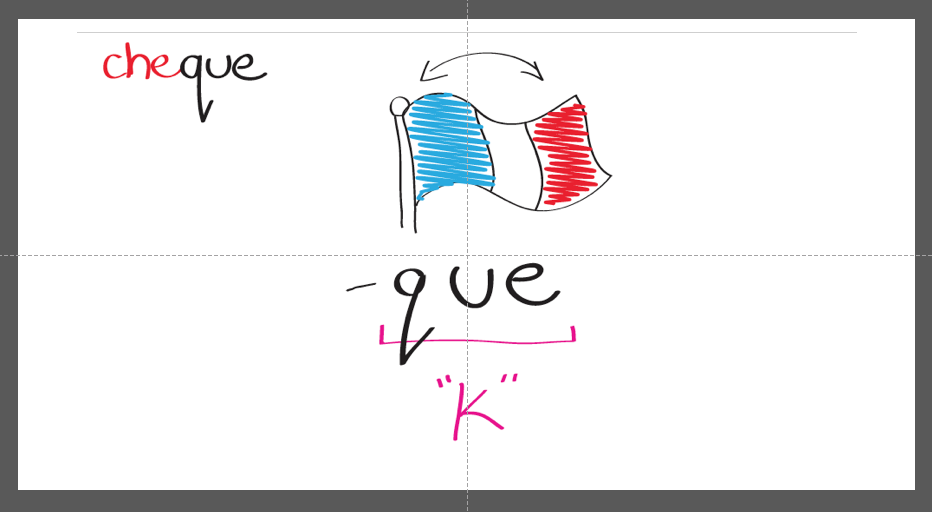
What an impressive turnout of parents and some of the teachers last night for a presentation, arranged by Sr. Kathleen Lyng (Principal), in St Brigid’s National School in Greystones, Ireland.
They came along to hear about the amazing results from a most progressive pilot project that had been run in the school recently. The project tested the “Flipped Classroom” model using the online WordsWorthLearning programme with the objective to help students that were falling behind with their reading and spelling. The project involved two groups of 8 students that had been identified to be in this cohort. To measure the outcomes for the project the teachers used standardised literacy tests both before and after the project had completed.
Group 1: Involved the “Flipped Classroom” approach with the 8 students doing the lessons (selected by the teacher) at home i.e. watching video tutorials and completing interactive reading and spelling exercises – to put into practice what was taught in the lessons. The students could rewind and replay the lessons and learn at their own pace. A parent or guardian would facilitate this activity. During the week, in the classroom, the teacher would discuss and review the lessons learned with the group of 8 students to construct a better all-round understanding of the topic.
Group 2: involved the traditional “Classroom / Homework” approach with the 8 students doing the lessons daily with the teacher, on the whiteboard in the classroom i.e. watching video tutorials and completing both manual and interactive reading and spelling exercises to consolidate the lessons.
The results which revealed significant improvements in reading accuracy, comprehension and spelling will be published soon on our website www.wordsworthlearning.com.
Other topics covered last night were:
The age-old problem – “How do you help students with spelling difficulties?”. The photo above depicts an exercise done on the night that showed the audience how to discover someone’s “area of visual recall” or AVR for short. The audience were given information about what to look for and our volunteer Emma was a superb example, showing very clearly where her eyes go when she is trying to visualise something e.g. the answer to a tricky question. Once established this information can be used to help a student to remember how to spell a word.
How to create “Flashcards” using colour and graphics, that can help a student to remember how to spell a word that they normally find difficult, because they have no rule-base to work from e.g. cheque

It was a great night, with lots of interesting questions and feedback.